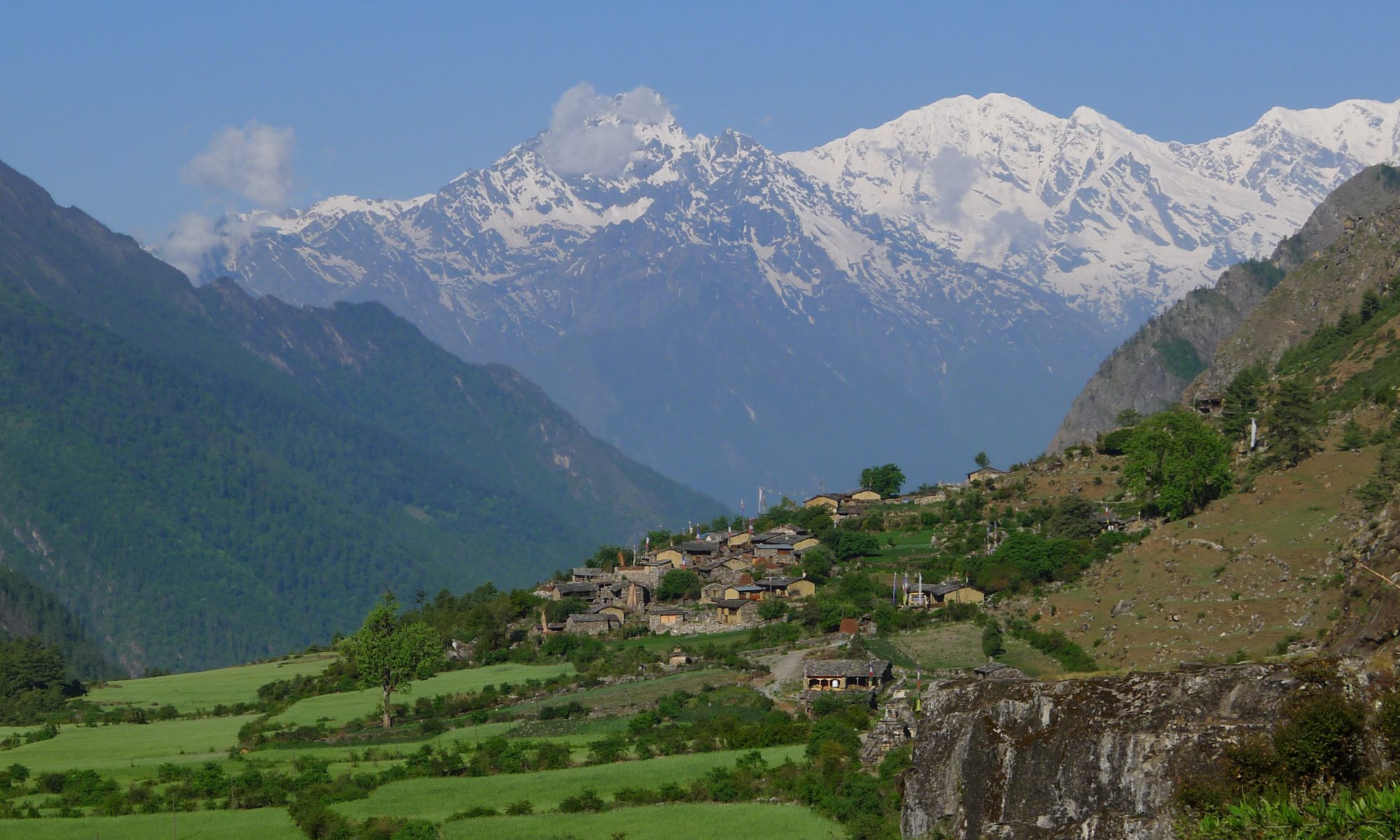Nepal is a highly varied geographical landscape, and because of this the peoples of Nepal are sectioned into sub communities that are separated by the mountainous topography of the country. This, along with the varied ethno-linguistic background of the country’s early history has led to a widely diverse linguistic distribution across the countryside. While Nepali speakers represent around 48% of the population, there are at least 90 other recognized spoken languages that are the mother tongue of respective smaller sections of the population.
Cultural and Linguistic Loss
Nepali being the national language of Nepal led to a pattern of cultural washing, as the ruling elite pushed Nepali into the public schools while simultaneously discouraging the religious and cultural practices of the remote communities during school hours as well. Coupled with the immense poverty that abounds in the country, many speakers of these dialects abandon their home villages to seek employment in the larger cities or other nations. As such, Nepali becomes the easy and compatible form of communication between these community members and the larger public of the richer population of the country. This reduction in ethnic history of the smaller communities of these languages has been exacerbated by the political disarray of the new democratic power in Kathmandu.
Language Endangerment
The most pertinent of these dialects are those that were represented by micro communities in the remote mountain topology of the central northern mountain ranges. No less than ten of the documented dialects are represented by a community of less than 50 peoples. There are also upwards of 100,00 nationals that speak an undocumented dialect. These communities are an example of the separation of the country’s peoples: not only by geography, but also by cultural and ethno-linguistic divides.
